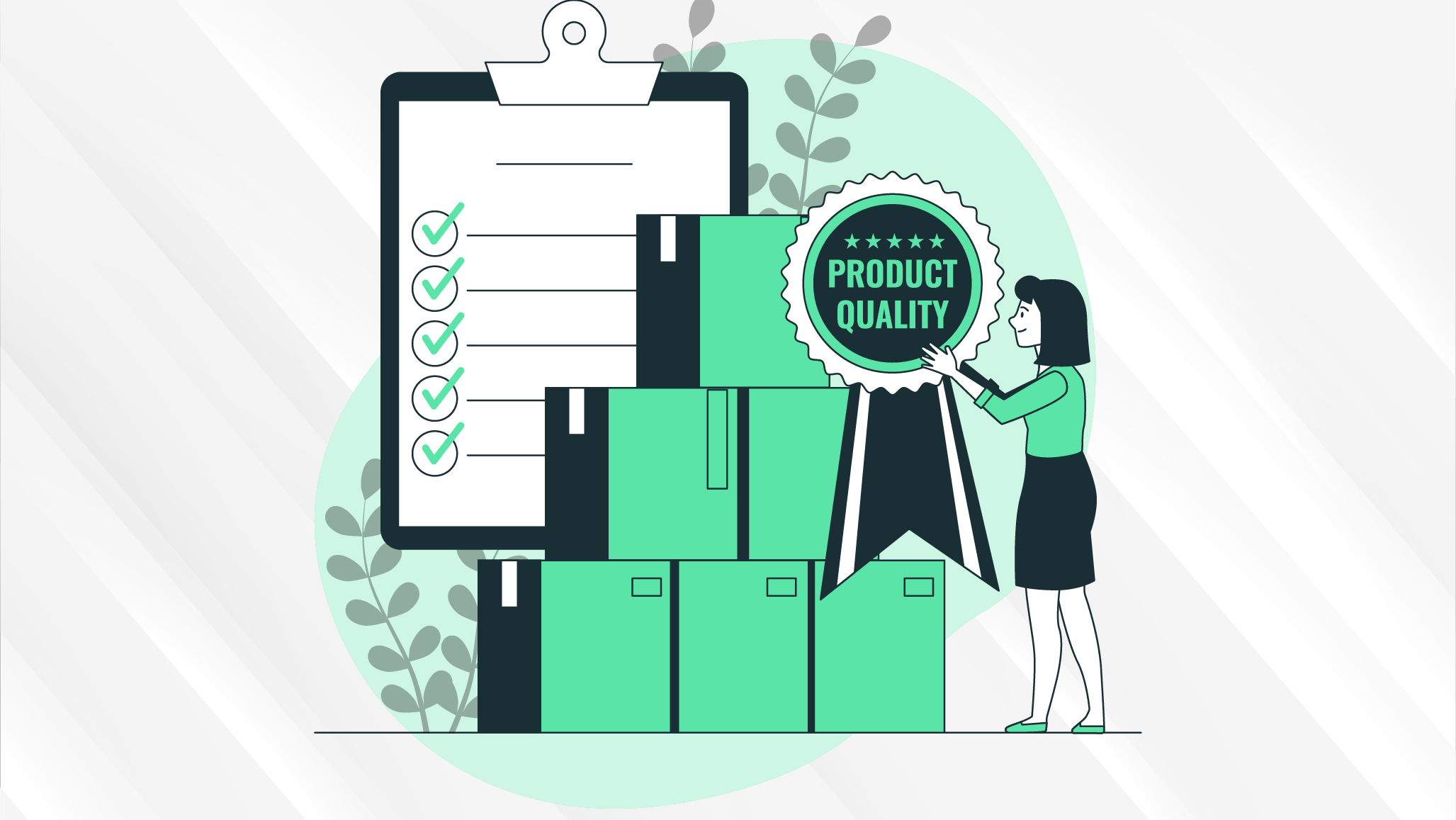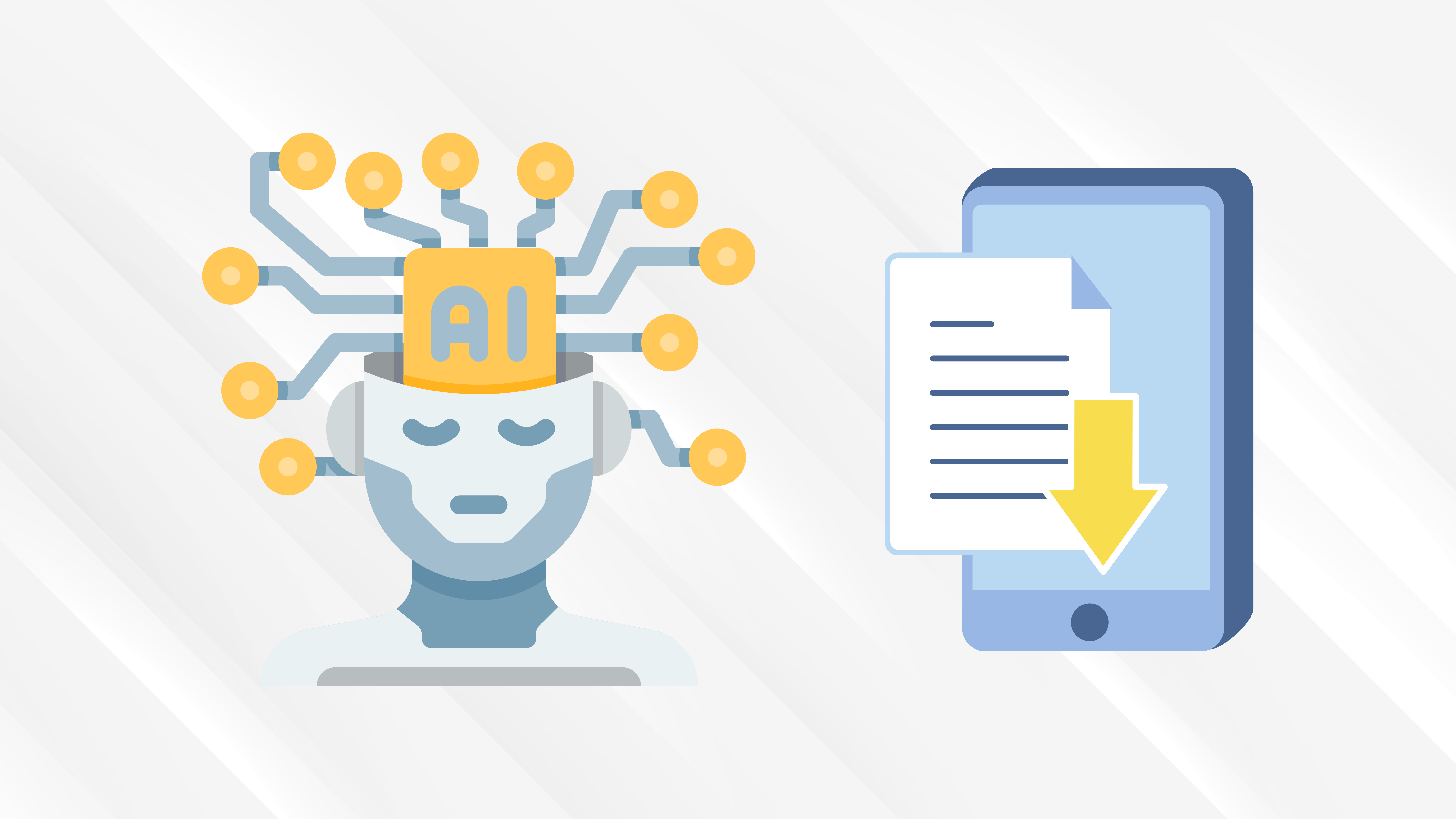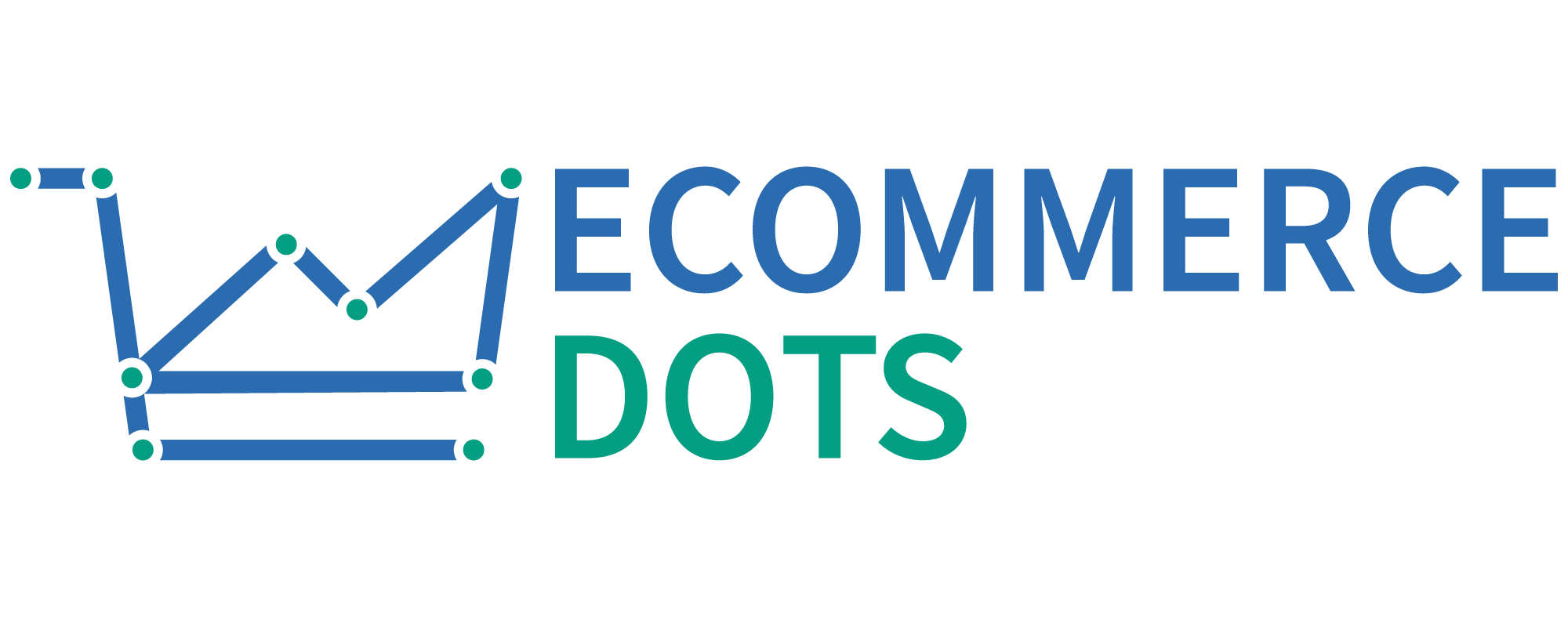How to create digital products using Ai in 2023 | Full Guide

Introduction
Digital products have become an increasingly popular source of revenue for businesses of all sizes. In recent years, the growth of the digital product market has been immense, with many companies capitalizing on the advantages of digital products over physical products that make them an attractive option for businesses in all industries and a great source of passive income.
However, creating successful digital products can be a challenging task. Fortunately, advances in Artificial Intelligence (AI) have made it easier than ever before to create high-quality digital products that meet market demand and generate revenue.
Whether you are a business owner looking to create new digital products or an entrepreneur seeking to capitalize on the opportunities offered by the digital product market, this article will provide you with the knowledge and tools you need to succeed. So, let’s dive in and discuss how to create digital products using Ai!
Benefits of selling digital products
Digital products are more profitable than physical products for many reasons. Compared to physical products, they offer lower production costs, higher profit margins, and greater scalability. Additionally, digital products can be created and distributed quickly and easily, without the need for physical inventory or shipping.
According to a report by Shopify, the global digital products market is expected to reach $1 trillion by 2023. This growth is driven by several factors, including the increasing demand for digital products, the availability of user-friendly tools for creating digital products, and the growing number of customers who prefer to purchase digital products online.
- They can be easily replicated and distributed: This means that once a digital product is created, it can be sold an unlimited number of times without incurring any additional production costs. This scalability makes digital products an attractive option for businesses of all sizes, as it allows them to generate revenue without incurring significant overhead costs.
- Significantly lower production costs compared to physical products: This is because digital products do not require physical materials, manufacturing, or transportation. Instead, they are created and distributed electronically, which eliminates many of the costs associated with traditional production methods. For example, consider the production of a physical book. The cost of producing a book includes the cost of paper, ink, printing, binding, and shipping. These costs can add up quickly, particularly for high-quality or specialized materials. In contrast, the production cost of an e-book is significantly lower, as it only requires the cost of creating the digital file and distributing it electronically.
- Digital products can be sold at higher prices than physical products: as customers perceive them to have a higher value. For example, an e-book that is sold for $20 may have a production cost of only a few dollars, resulting in a high profit margin. Similarly, a software program that is sold for $100 can be downloaded an unlimited number of times, resulting in significant revenue for the creator.
- Automation and efficiency: this is one of the primary benefits of using AI to create digital products. AI tools can automate many of the manual and repetitive tasks involved in product creation, such as data entry, image tagging, and content generation. This not only saves time but also reduces the risk of errors and frees up employees to focus on more strategic tasks.
- They can be easily updated or revised: providing businesses with the flexibility to respond to changing market conditions or customer feedback. For example, a software program can be updated with new features or bug fixes, while an e-book can be revised with new information or updated content. This ability to iterate and improve digital products without incurring significant costs is a key advantage that sets them apart from physical products.
- Digital products do not require physical inventory or storage space, which can significantly save costs for businesses. With digital products, there is no need to worry about managing inventory levels, storing products in a warehouse, or shipping products to customers. This not only saves money but also makes the entire sales process more efficient and streamlined.
In conclusion, digital products are profitable due to their lower production costs, higher profit margins, scalability, and ease of distribution. As the digital product market continues to grow, businesses that embrace this trend are well-positioned to capitalize on the opportunities it offers.
But what actually makes a successful digital product?
Characteristics of successful digital products

Creating successful digital products requires more than just using AI. To create products that meet market demand and generate revenue, businesses must also focus on the key characteristics that make digital products successful. Here are some of the key characteristics of successful digital products:
Functionality and Quality
Successful digital products must also be functional and reliable. This means that they must perform the functions that they are designed for, without errors or glitches. Additionally, they must be compatible with different devices, platforms, and operating systems, to ensure that they reach the widest possible audience.
For example, a successful digital product must provide the features and functions that are important to the target audience. Additionally, the product must be reliable and provide a positive user experience, to increase customer satisfaction and encourage repeat purchases.
Good User Experience
Successful digital products are designed with the user in mind. This means that businesses must understand their target audience, their needs, and their preferences, and design products that meet these requirements. User-centered design involves conducting user research, prototyping, and testing, to ensure that the product is intuitive, easy to use and meets the needs of the target audience.
Good Pricing
Digital products must be priced appropriately. This means that the price of the product should reflect its value to the customer. Pricing too high can discourage sales, while pricing too low can indicate low quality or lack of value.
For example, a successful digital product must be priced in a way that is competitive with similar products in the market, while still reflecting its value to the customer.
Marketing
Successful digital products require effective marketing. This involves promoting the product through different channels, such as social media, email, and paid advertising, to reach the target audience and generate sales. Effective marketing also involves understanding the customer journey, from awareness to purchase, and creating a strategy that targets each stage of the journey.
For example, a successful digital product must have a well-defined marketing strategy that targets the right audience, with the right message, through the right channels. Similarly, a successful digital product must have a strong brand identity that resonates with the target audience and communicates the value of the product.
How to create Digital Products with AI: Step by Step Guide

By using AI tools, businesses can streamline the product development process, automate tasks, and gain valuable insights into user behavior. Here is a step-by-step guide to creating digital products using AI:
Brainstorming ideas
Coming up with an idea for a digital product that solves a problem and fills a gap in the market can be challenging especially if you’re just starting out and don’t have a specific idea in mind for your new digital product. Luckily, Ai can easily help with this problem in a massive way. Ai chatbots like ChatGPT, Bing, and Bard can help you get product ideas simply by providing these bots with some information about the market you want to target and the vision you have for the product and in a matter of seconds you can generate hundreds of ideas to choose from.
Define the Problem and Set Goals
an important step in creating a digital product using AI is to define the problem you are trying to solve and set clear goals for the product. This involves understanding the needs and preferences of your target audience and identifying the features and functions that will provide the most value to them.
For example, if you are creating a fitness guide to lose weight, your goal may be to provide users with personalized workout recommendations based on their fitness level and goals. By defining the problem and setting clear goals, you can create a product that meets the needs of your target audience and provides a high level of value.
Conduct User Research
The next step is to conduct user research, using AI tools to gain insights into user behavior and preferences. This can involve analyzing data from social media, online surveys, and other sources to understand the needs and preferences of your target audience.
For example, you can use ai tools to analyze social media posts and comments related to fitness, to gain insights into the types of workouts and exercises that are popular among your target audience. By conducting user research, you can create a product that meets the needs of your target audience and provides a high level of value.
Design the Product
Once you have defined the problem, set goals, and conducted user research, the next step is to design the product. This is the most important step and it involves creating wireframes, prototypes, and mockups of the product.
First, you should create a minimum viable product (MVP), you can think of this as a prototype, something you build with minimal cost to demonstrate how the final product can look and function. This first step allows you to take feedback from potential users and do some tweaks to the product before creating the final version which you’re going to launch into the market.
For example, you can use generative design tools to automatically generate versions for the product, based on your goals and user research. By designing the product with AI tools, you can save time and resources, and ensure that the product meets the needs of your target audience.
Testing the Product
The next step is to test the final product, this can involve using machine learning algorithms to automate testing and quality assurance or sending the final product to potential users to take their feedback and suggestions before launch.
It’s important that you use ai tools to generate user manuals, documentation, and instructional content for the product. This improves the user experience and saves you time because you will get fewer complaints from users.
Choosing the right platforms to sell your product
Now that you have the final product ready, you need to choose where you will sell your product and compare different platforms to choose the right one for you. Each platform will have different fee structure, product types, and other ecommerce features that they offer.
Shopify is one of the most reputable ecommerce platforms that you can use to sell your digital products, the platforms offer all the ecommerce features you will need and a large catalog of apps that gives you additional options for functionality and apps specifically made to help stores selling digital products.
Other popular platforms to sell digital products include Gumroad, Podia, Sellfy, Payhip, Etsy, thinkfic, teachables and more. Each of these platforms has its own Pros and Cons and different pricing structures and some of them are limited to only specific types of digital products.
Launch and Market the Product
Finally, the last step is to launch and market the product, using Ai marketing tools to reach your target audience and generate sales. This can involve using machine learning algorithms to target advertising to specific audiences or using predictive analytics to identify the most effective marketing channels for your product. This step will be much easier if you have conducted user research and identified your target audience as mentioned previously.
For example, you can use Ai marketing tools to target users based on their behavior and preferences. By launching and marketing the product with AI tools, you can reach your target audience more effectively, and generate sales more efficiently.
Let’s discuss what options can you consider for the promotion of your digital products.
How to Promote Your Digital Products

Creating a high-quality digital product using AI is just the first step. To ensure its success, it’s essential to effectively promote it to your target audience. Here are some best practices for promoting digital products on various marketing channels:
Social Media
Social media is a powerful tool for promoting digital products. To effectively promote your product on social media, consider the following best practices:
- Choose the right platforms for your target audience
- Use eye-catching visuals and videos to showcase your product
- Use relevant hashtags to increase visibility
- Engage with your followers and respond to comments and questions
- Run social media ads to target specific audiences
Email Marketing
Email marketing is a great way to reach your target audience directly. To effectively promote your product through email marketing, consider the following best practices:
- Build a targeted email list of subscribers who are interested in your product
- Use a catchy subject line and personalized content to increase open rates
- Include clear calls-to-action (CTAs) to encourage clicks and conversions
- Use automation to send personalized emails based on user behavior
Influencer Marketing
Influencer marketing involves partnering with social media influencers to promote your product to their followers. To effectively use influencer marketing, consider the following best practices:
- Choose influencers who align with your brand and target audience
- Develop a clear partnership agreement outlining expectations and compensation
- Provide influencers with high-quality product images and videos to use in their promotions
- Monitor influencer content and engagement to ensure it aligns with your brand values
Content Marketing
Content marketing involves creating valuable content that educates and entertains your target audience while promoting your product. To effectively use content marketing, consider the following best practices:
- Develop a content strategy that aligns with your product and target audience
- Use SEO best practices to ensure your content is easily discoverable
- Use a variety of content formats, such as blog posts, videos, and infographics
- Include CTAs in your content to encourage conversions
Paid Advertising
Paid advertising involves paying for ad space on various platforms to promote your product. To effectively use paid advertising, consider the following best practices:
- Develop a clear target audience and ad messaging that aligns with your product
- Use A/B testing to optimize ad performance
- Monitor ad performance and adjust your strategy as needed
- Use retargeting ads to reach users who have already shown interest in your product
By effectively promoting your digital product using these marketing channels, you can increase its visibility and reach your target audience more effectively. As with any marketing strategy, it’s important to continually monitor performance and adjust your strategy as needed.
Digital Product Ideas You Can Create Using AI

AI can be used to create a wide range of digital products that can provide value to users and generate revenue for businesses. Here are some digital product ideas that can be created using AI:
1. Ebooks
Writing an ebook can be a time-consuming and challenging process. However, AI can be used to assist in the writing and editing process, making it more efficient and effective. AI tools can analyze the content of an ebook and suggest improvements in grammar, sentence structure, and readability.
Pros: One of the key benefits of using AI to write ebooks is the speed and efficiency it provides. AI can analyze large amounts of data quickly, making it easier to identify patterns and trends that can be used to create compelling content. AI can also assist with research, helping authors find relevant sources and information to include in their ebooks.
Another benefit of using AI to write ebooks is the level of personalization it can provide. By analyzing user research data, AI can generate content tailored to a reader’s interests and preferences. This can increase the likelihood that a reader will engage with the content and find it valuable.
Cons: there are also some potential drawbacks to using AI to write ebooks. The quality of the writing may still depend on the author’s skill and expertise, and there may be ethical concerns related to the originality of the content.
2. Software
AI can be utilized in software development to create programs that are more intuitive, efficient, and effective. AI can be used to write complex code and fix any bugs and automate repetitive tasks, optimize code, and improve user experiences.
Pros: AI can automate the entire development process, resulting in better software and improved user experiences.
Cons: Developing software coded by ai can be technically challenging and require significant data and expertise to ensure the code is 100% free of any errors or mistakes that might cause drawbacks in the future.
3. Digital Artwork
AI can be used to generate digital artwork, such as illustrations and graphics. AI-powered tools can assist with tasks such as color selection, composition, and even generate entire pieces of artwork.
Pros: AI can help automate the creation process, making it faster and more efficient.
Cons: The quality of the artwork may still depend on the artist’s skill, and there may be ethical concerns related to the originality of the work.
4. Design Templates
AI can be used to generate design templates for social media posts, flyers, and presentations. AI can analyze user data and behavior to create personalized templates that meet the needs of a specific audience.
Pros: AI can help automate the design process, making it faster and more efficient.
Cons: the customization options for some of these generated templates might be limited to the type of files provided by the ai tools used to generate the templates.
5. Checklists
AI can be used to generate checklists for project management, event planning, and personal organization. AI can analyze user data and behavior to create personalized checklists that meet the needs of a specific audience.
Pros: you can create a checklist for a lot of different purposes with few steps and accurate information.
Cons: Checklists can differ from person to person based on each individual’s preferences.
6. Stock Images
AI can be used to generate stock images for marketing materials and website design. AI can analyze user data and behavior to create personalized images that meet the needs of a specific audience.
Pros: you can really creative and specific with the type of photos generated using ai.
Cons: there is high competition in the market of stock images, that being said you can still achieve great results if you make high-quality images.
7. Mockup Photos
AI can be used to generate mockup photos for product design, t-shirt design, website design, app design, Ui design, branding material, and marketing materials. AI can analyze user data and behavior to create personalized mockup photos that meet the needs of a specific audience.
Pros: you can easily create mockups for different needs with a few clicks and sell them to professionals for good prices.
Cons: you may still need to edit these mockups in Photoshop before publishing to allow the customization of these mockups especially mockups that consist of multiple layers.
8. Website Themes
AI can be used to generate website themes for various purposes, such as e-commerce websites and personal blogs. ai can create code for themes that are based on almost any API and any platform.
Pros: with ai, you can create a theme in much less time compared to the traditional ways a lot cheaper compared to hiring a developer to create it for you.
Cons: themes comprise complex files and need to be reviewed to ensure there are no bugs or errors in any of the code files. it also requires full documentation and user manuals which require an understanding of the written code and functionality.
Tips for Creating Profitable Digital Products
Creating profitable digital products requires a combination of creativity, technical expertise, and business acumen. Here are some tips for creating digital products that are profitable and meet market demand:
- Identify a Niche: To create a profitable digital product, it’s important to identify a niche that has a demand for the type of product you’re creating. Conduct market research to determine what types of digital products are popular, what features or benefits users are looking for, and what gaps exist in the market.
- Solve a Problem: Digital products that solve a problem or fill a need are more likely to be successful. Consider what pain points or challenges your target audience is facing and create a product that addresses those needs.
- Leverage the full power of AI: AI can be a very powerful tool for creating digital products that are efficient, innovative, and personalized. Aim to use the full power of AI in every step of your creation process, this will enhance the creation process, provide detailed recommendations, and help you improve user experiences.
- Focus on User Experience: Digital products that prioritize user experience are more likely to be successful. Consider how your product can be designed to be intuitive, user-friendly, and visually appealing.
- Test and Iterate: Creating a successful digital product often requires testing and iteration. Release a minimum viable product and gather feedback from users. Use that feedback to improve the product and add new features over time.
- Market Effectively: Marketing is key to creating a profitable digital product. Consider how you can effectively target your audience through social media, email marketing, advertising, and other channels. Create compelling content that highlights the benefits of your product and showcases its unique features.
Challenges and Limitations of Creating Digital Products with AI

While AI can be a powerful tool for creating digital products, there are also several challenges and limitations specific to digital products created by AI. Here are some of the most common challenges and limitations:
- Lack of Creativity and Intuition: AI models are based on algorithms and are only as good as the data they are trained on. While AI can generate solutions and ideas based on data analysis, it may lack the creativity and intuition that humans possess. This can limit the ability of AI to create truly innovative and unique digital products.
- Dependence on Data Quality and Quantity: The quality and quantity of data used to train AI models are critical to their performance. Digital products created by AI may be limited by the availability and quality of data that is used to train the models. If the data is incomplete, biased, or inaccurate, the AI model may generate unreliable results, limiting the effectiveness of the digital product.
- Lack of Context and Empathy: Digital products created by AI may lack context and empathy which are crucial for user experience. AI models may not be able to understand the emotions, motivations, and cultural backgrounds of users, which can limit the ability of the digital product to provide an engaging and personalized experience.
Future of AI in Digital Product Creation
AI is already transforming the digital product creation process, but its potential is far from fully realized. As AI technology continues to evolve, it will likely shape the industry in the following ways:
- increased Efficiency: AI is already being used to automate many tasks in digital product creation, from writing and design to testing and optimization. As AI technology improves, it will likely become even more efficient, allowing for faster and more accurate product creation.
- Enhanced Creativity: AI can be used to assist in the creative process by suggesting new ideas, designs, and concepts. As AI technology improves, it will likely become even more adept at generating innovative ideas and designs, pushing the boundaries of digital product creation.
- Greater Accessibility: AI can help increase accessibility to digital product creation tools and resources, making it easier for businesses of all sizes and backgrounds to create high-quality digital products. As AI technology improves, it will likely become even more accessible, democratizing the digital product creation process.
- New Business Models: As AI technology continues to evolve, it will likely lead to the development of new business models for digital product creation. For example, AI-powered subscription services that offer personalized product recommendations and experiences could become more common.
Conclusion
In conclusion, AI is transforming the digital product creation process and has the potential to shape the industry in the future. Businesses that are able to effectively leverage AI will be at a significant advantage in creating high-quality digital products that meet the needs and expectations of their target audience. By following the step-by-step guide and best practices outlined in this article, businesses can create successful digital products that make a lasting impact and make passive income selling these digital products.

